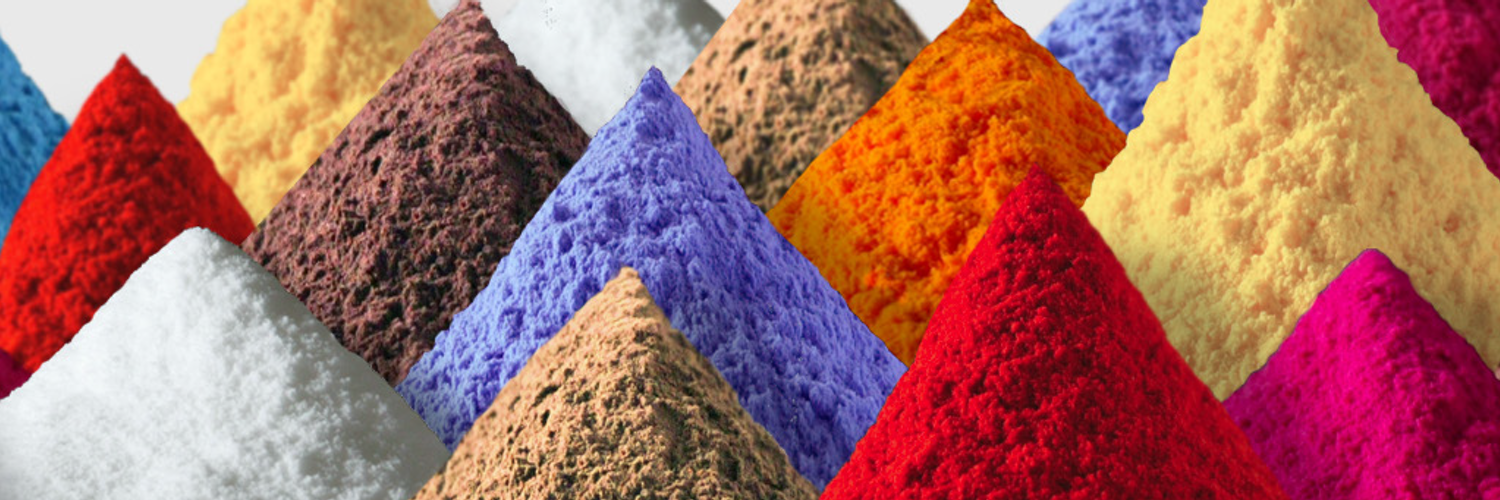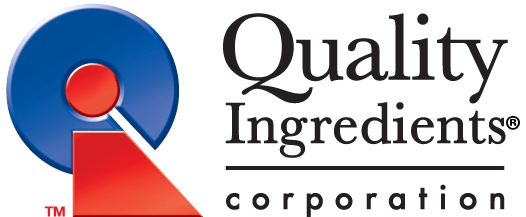
Quality Ingredients Corporation Snapshot Today
We use spray drying technologies to turn liquids into powders.
We manufacture food powders. We use spray drying technologies to turn liquids into powders. Most of the powders we produce are specialty powders (eg nutrition focused powders), as opposed to mass produced mainstream powders (eg nondairy creamers).
We are a service business. Our service business is comprised of three components:
The vast majority of our work is contract manufacturing – powders are produced to a customer’s specification, under their direction, and bearing the customer’s label.
QIC offers proof of concept and formulation validation services via our pilot spray drying facility and assists customers with scale up to full commercial production.
In support of spray drying production QIC also offers limited raw material and packaging supply, on site storage, logistical coordination with customers’ freight vendors and in house label printing as needed.
We do all of our work out of Burnsville, MN. We own a building in Burnsville which serves as our manufacturing facility, warehouse and office. It operates 24/7.
QIC Serves a Wide Range of Customers
Our customers are located across the U.S., from the West coast to East coast and everywhere in between. Our unique focus on specialty, complex products and services enables us to successfully draw from a large geographical audience. That laser focus has helped us to become a truly national, premier provider of powdered products. Our customers range from entrepreneurial start-ups to Fortune 500 food companies.
QIC spray dries a wide scope of powder types for a broad range of applications and end markets.
Wide Scope of Powder
Colors (Synthetic and Natural)
Flavors and complex flavoring systems
Cheese powders
Dairy powders
Juice powders
Vegetable powders
Oils
Vitamins
Minerals
Broad Range of Applications
Traditional food (snacks, beverages, side dishes and more)
Functional Food
Nutraceuticals
Dietary Supplements
Medical foods (non pharma)
Here for Your Needs
QIC produces many kinds of powders for a multitude of end markets. We purposely do not seek to specialize in any product line or market segment. For the work we do, we focus on the customer first and the product second. In other words, we seek to work with customers looking for a spray drying partner that fits their partnership requirements and the needs of their business. Precisely what products are to be spray dried are a secondary focus. Whether it is a simple lemon powder or a complex dietary supplement component, QIC works closely with customers to build a manufacturing process uniquely customized to the customers’ requirements and priorities. Depending on the product, those requirements and priorities can include product specification precision, unique mix procedures, in process testing, additional quality or food safety protocols, etc., typically depending on the end market requirements. We strive to understand our customers’ end market requirements and work together to ensure the spray dried product, whether a lemon powder or a dietary supplement component, can meet those requirements.

Proudly serving customers since 1987
QIC has always been in the business of turning liquid into powder. That has been the one constant in our history. Our accomplishments and evolutions are driven by a focus on unfilled market needs. We have always looked for opportunities to add value in a unique way such that if we didn’t exist, the market would experience a loss.


